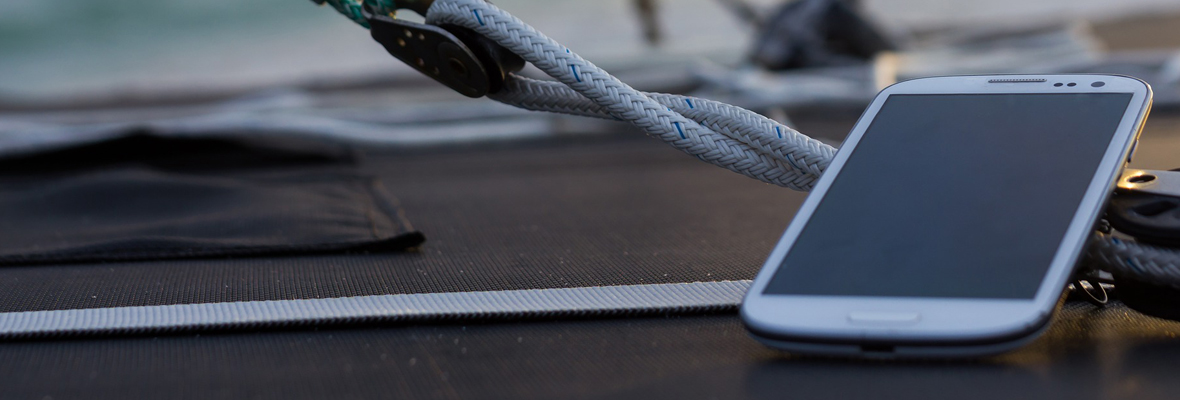One of the greatest challenges of monitoring water quality is the need to collect data in the field, sometimes in remote locations. Of course, highly sophisticated monitoring technologies that essentially provide real-time data are here. However, without the ability to access their data, these technologies are not actual solutions.
Wireless water quality monitoring is possible today, more now than ever. Field scientists take on a host of monitoring challenges that in turn, prompt a range of IT support and engineering support demands. The seemingly simple question of, “how do I get my data?” can be complicated to answer, so in this post we will explore why wireless water quality monitoring options are so important to users, what today’s wireless water quality monitoring options look like, and discuss the solutions the technology presents for users.
Why Go Wireless?
Wireless water quality monitoring eliminates many technical hurdles facing field scientists, including wireless radio configuration, server configuration, repair and maintenance of loggers, and scripting. Wireless systems are also more scalable, linking many data collection points with a single gateway, and then sending all of the data along together. This way, as long as all of the sensors are in range, there’s no need for each one to have a cellular connection of its own.
Specifically designed for use in more remote areas where scientists, managers, and researchers must collect samples and monitor environments at multiple locations for later use, a wireless communication device sends data back to the server to be modeled then. Users can either interface with their server via software to see their data, or just download it in multiple formats. This wireless monitoring advantage saves them money, effort, and time—and it can keep them out of precarious and difficult sampling scenarios more often.
Especially when you have deployed a data logger in a very remote setting, it might be tough to detect a problem without wireless capabilities. If it takes weeks or even months to discover a problem with the logger, the data you have collected will be corrupted for that long. Or worse, you may not be able to determine when your logger started to have an issue.
It’s a safety issue—one that takes time and money to resolve—to deploy personnel in the field. Being on the road takes you away from your day to day duties. Deploying, maintaining, and replacing equipment, and collecting and bringing data back to the lab to analyze it all eats away at the bottom line. Wireless water quality monitoring solutions help ease the needle back in the other direction.
More Responsive to More Users
Wireless water quality monitoring solutions are more responsive to more demands. They can react both to the conditions around them based on user parameters and other, “one-off” commands from their users.
For example, you might want to configure your environmental or water quality monitoring system to take scheduled measurements several times a day until certain conditions are reached, at which point the interval can be adjusted remotely. This is something that only a wireless solution can help a user react quickly enough to, based on the parameters. And the wireless technologies enable those results.
Wireless water quality monitoring technologies can also be configured to send notifications when specific thresholds or conditions are met. For example, if you want a warning sent to a site manager if a certain level of bacteria or turbidity is detected in the water near your water treatment plant, the wireless option makes it possible.
Wireless Water Quality Monitoring Options
Obviously, there are many reasons that wireless water quality monitoring options may be the best choice for your business. Here are some of the basic possibilities—keeping in mind that each system can be customized.
In situations where flooding is possible, the X2-SDL Submersible Data Logger is a perfect choice. This self-powered, tough telemetry and data logging system allows you to deploy environmental sensors close to the water or even in it up to 200 feet without worrying about accidental flooding and ruined data.
The X2-SDL is constructed to be durable, featuring redundant seals, a PVC shell that resists breaking or cracking, electronics mounted with shocks to withstand motion from floods and even extreme wave action, and two elastomer bumpers. A waterproof thread-in connector forms all connections, eliminating the problems and complexity that comes with the need to connect individual wires.
Three sensor ports come configured in the X2-SDL so it can interface with Doppler velocity meters, multi-parameter sondes, temperature strings, water level sensors, and, of course, water quality sensors. The system supports SDI-12, RS-485 and RS-232 sensor interfaces.
Thanks to the X2-SDL’s wireless capabilities, it streams its data in real-time directly to the WQData LIVE web datacenter as it communicates with the center via wireless telemetry—either cellular, radio, or satellite. Everything the device needs to communicate is inside the submersible enclosure, including all communication modules—just its waterproof antenna extends from its top.
The Bottom Line
Wireless water quality monitoring allows users to collect data in the field, wherever and whenever they need to. With more monitoring challenges and the IT and engineering support demands they bring with them, researchers today need wireless water quality monitoring solutions to help bring down costs and risk.
Equipment
WQData LIVE is a web-based project management service that allows users 24/7 instant access to data collected from remote telemetry systems.
The X2-SDL Submersible Data Logger is a rugged, self-powered data logging system with optional cellular, satellite, or radio communications.




0 comments